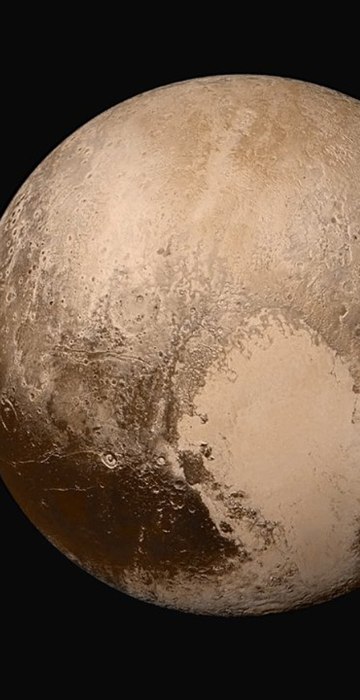
Space
The Year in Space Pictures: 2015
See Pluto close-up, distant galaxies, astronauts in orbit and other out-of-this-world photos from 2015.
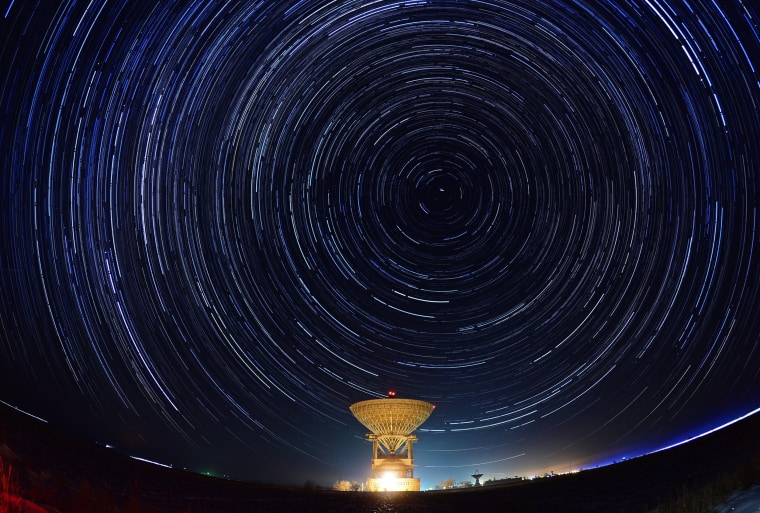
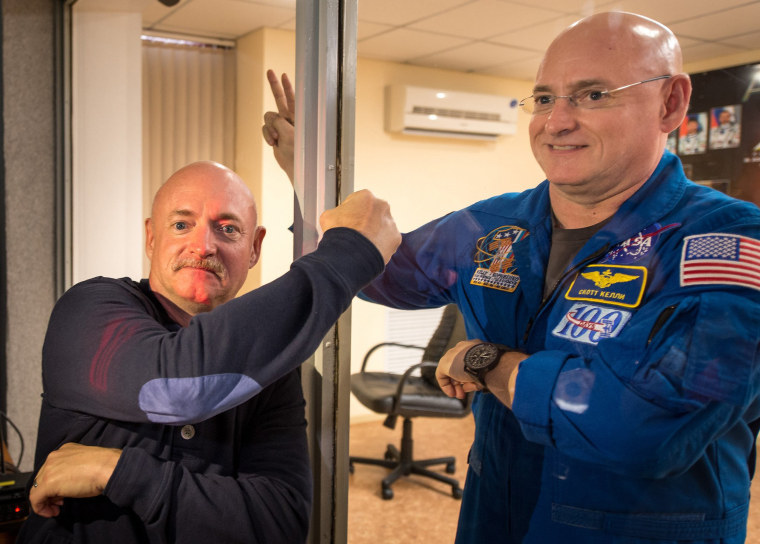
Retired NASA astronaut Mark Kelly, left, clowns around with his identical twin brother, Scott Kelly, at a March 26 news conference at the Cosmonaut Hotel in Baikonur, Kazakhstan.
Scott Kelly and two Russian crewmates talked with reporters while they were in quarantine, just before their launch to the International Space Station. To better understand how long-term spaceflight impacts humans, NASA is studying the brothers while Scott is in space for a yearlong stay and Mark is on Earth.• Mark Kelly: My Twin Brother Just Blasted Off for a Year in Space

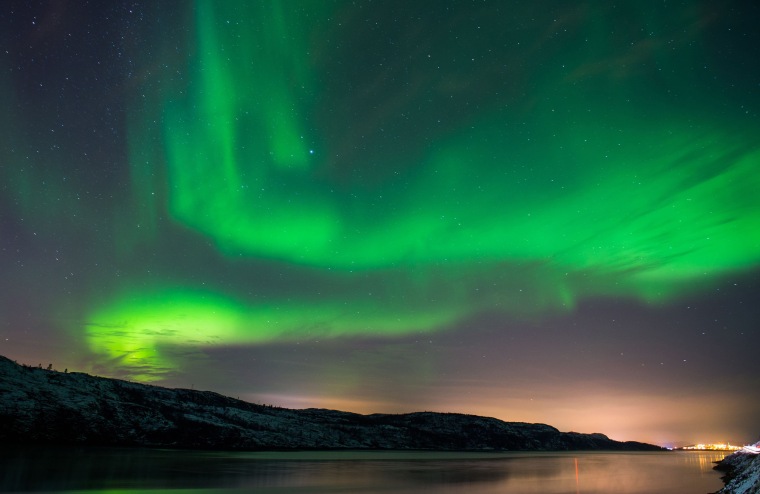
The aurora borealis, or northern lights, illuminate the night sky on Nov. 12, near the town of Kirkenes in northern Norway.
Auroras are sparked by collisions between atoms and ions in Earth's atmosphere and electrically charged particles released by the sun.
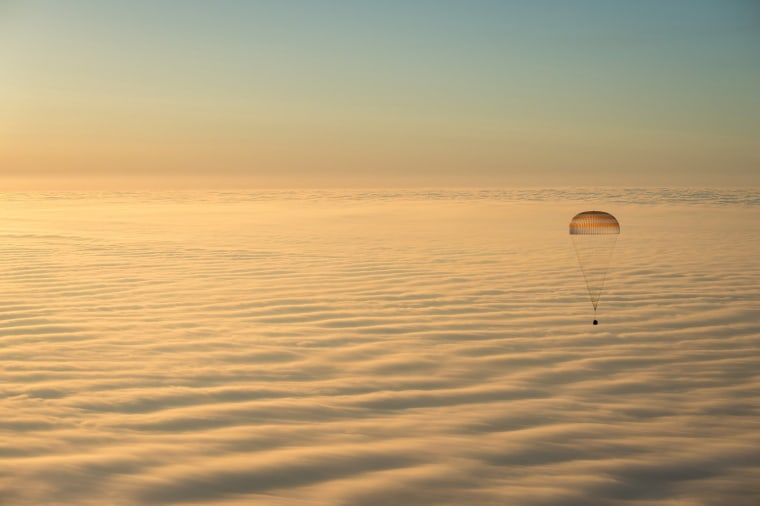

People watch the total solar eclipse from Longyearbyen, Svalbard, an archipelago administered by Norway, on March 20. Thousands gathered in Svalbard and the Faroe Islands off Iceland, because these were the only places in Europe where a total eclipse could be seen. Apart from a few small breaks, a blanket of clouds in the Faroe Islands kept thousands of people there from experiencing the full effect of the total eclipse.
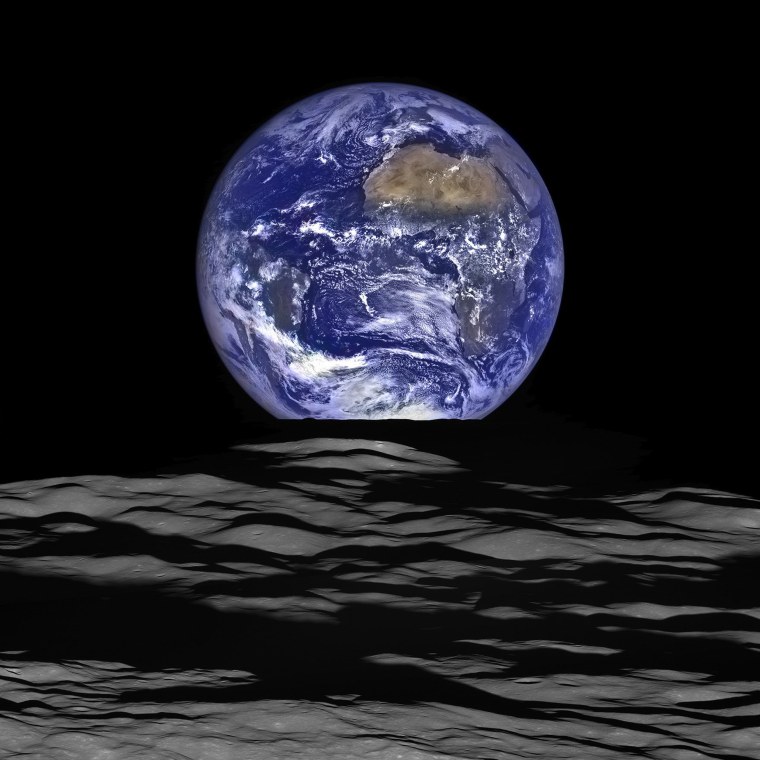

NASA and project staff react with others as telemetry is received from the New Horizons probe at the Johns Hopkins University Applied Physics Laboratory in Laurel, Maryland on July 14. The signals from a spacecraft 3 billion miles away confirmed that NASA's probe survived its history-making Pluto flyby.

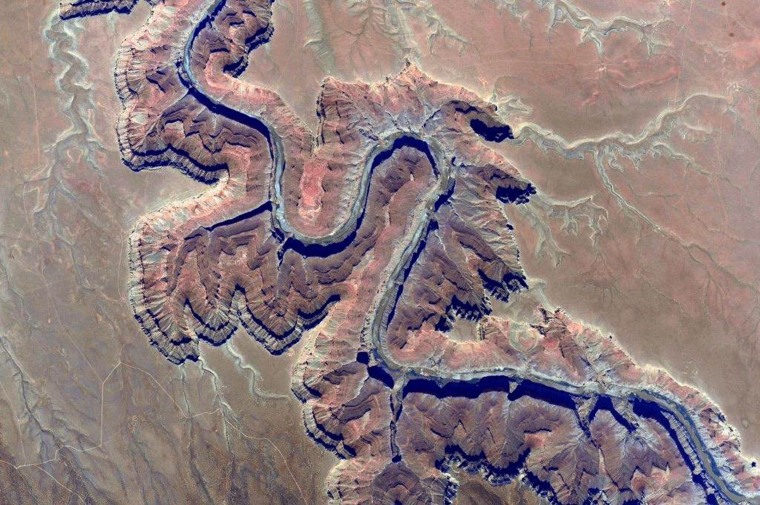
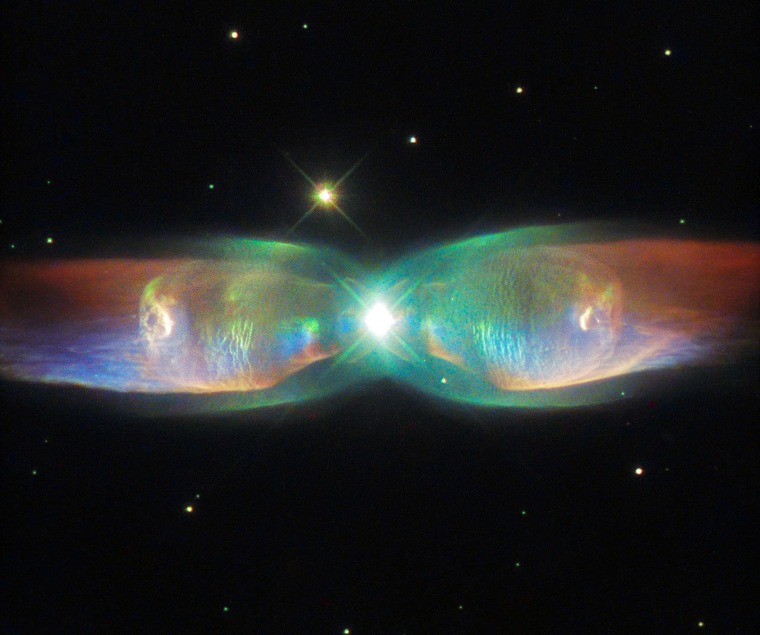
The Twin Jet Nebula, or PN M2-9, a striking example of a bipolar planetary nebula, appears in this Hubble Space Telescope image released on Aug. 26.
Bipolar planetary nebulae are formed when the central object is not a single star, but a binary system. Studies have shown that the nebula's size increases with time, and measurements of this rate of increase suggest that the stellar outburst that formed the lobes occurred just 1,200 years ago.
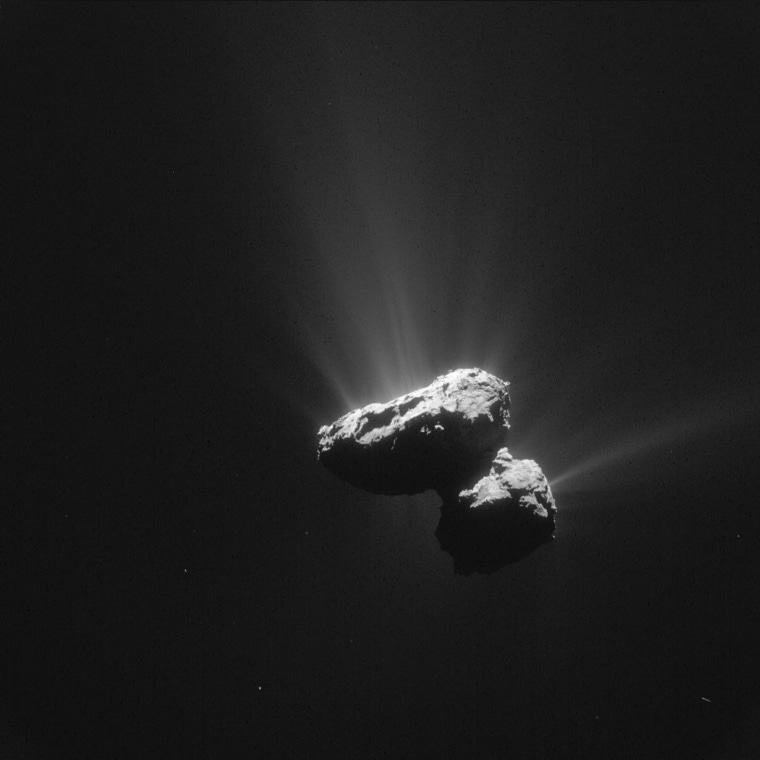
This single frame Rosetta navigation camera image of Comet 67P/Churyumov-Gerasimenko was taken on July 14 from a distance of 100 miles from the comet center.European scientists celebrated an historic first when Philae landed on the comet in November 2014 after a 10-year journey through space aboard the Rosetta spacecraft. The comet is 317 million miles away from Earth.
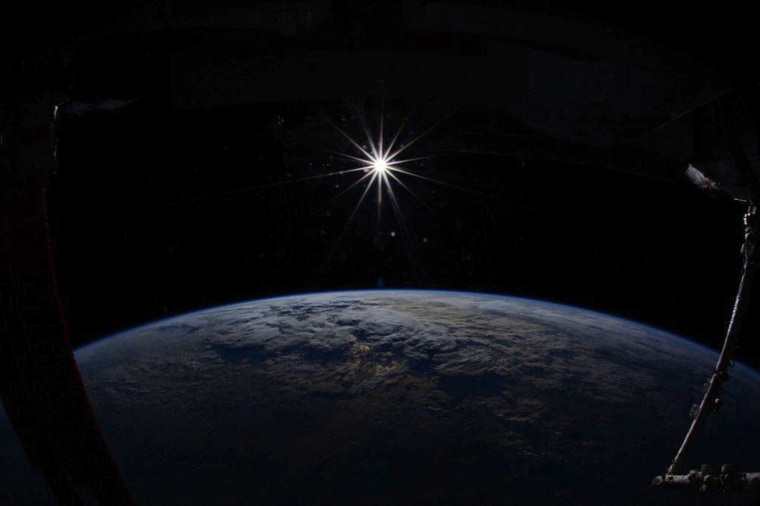
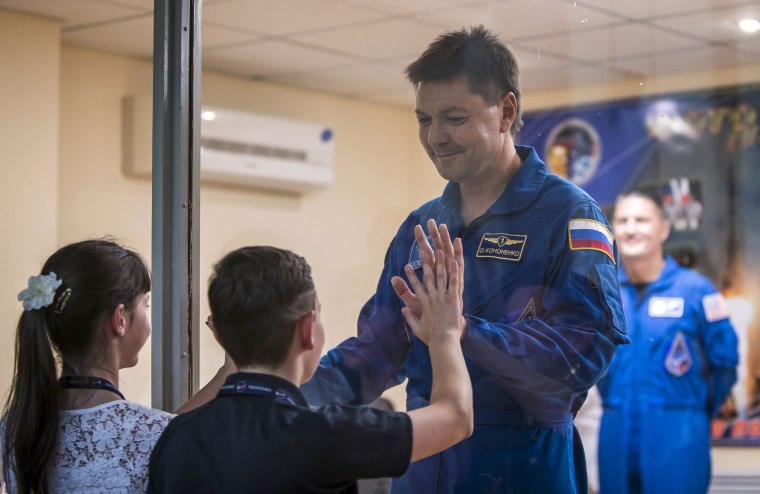
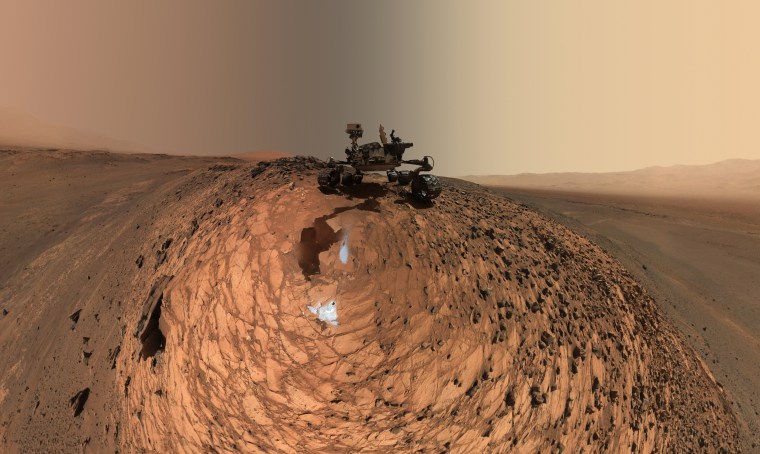
This low-angle self-portrait of NASA's Curiosity Mars rover shows the vehicle above the "Buckskin" rock target, where the mission collected its seventh drilled sample. The site is in the "Marias Pass" area of lower Mount Sharp.The scene combines dozens of images taken by Curiosity's Mars Hand Lens Imager on Aug. 5, during the 1,065th Martian day of the rover's work on Mars. For scale, the rover's wheels are 20 inches in diameter and about 16 inches wide.
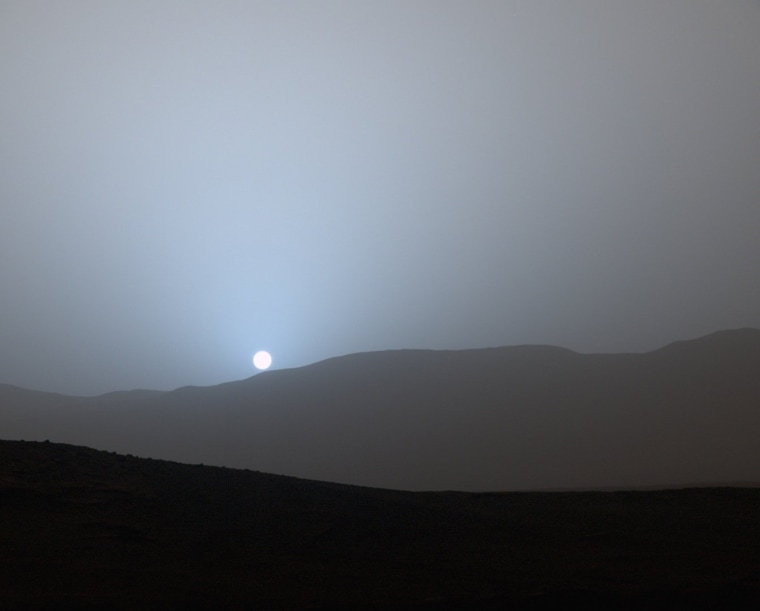
NASA's Curiosity rover captured this view of a Martian sunset at Gale Crater on April 15. The picture was released on May 8. This was the first sunset observed in color by Curiosity. The image comes from the left-eye camera of the rover's Mast Camera (Mastcam). The color has been calibrated and white-balanced to remove camera artifacts. Sunsets on Mars are blue because of the way light is scattered by dust in the thin Martian atmosphere.What makes skies blue ... or red?

From left, Inigo Munoz Elorza of Spain and Stefan Dobrovolny of Austria take stone samples during a simulated Mars mission on Tyrolean glaciers in Kaunertal, Austria, on Aug. 7. Researchers from the Austrian Space Forum were practicing maneuvering in spacesuits on a glacier which resembles the terrain on Mars.
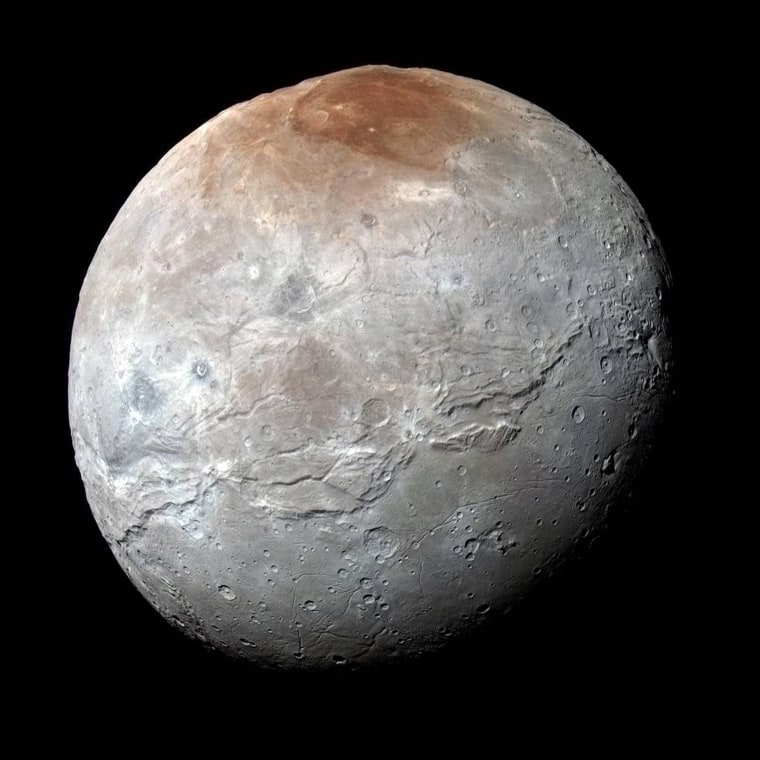
Massive canyons and fractures are clearly visible on Charon, a moon which is more than half of Pluto’s size, in this enhanced color photo released on Oct. 1.The piano-sized New Horizons probe zoomed past Pluto and its moons in July but because of the vast distance it will take 16 months to transmit all the data from the flyby.
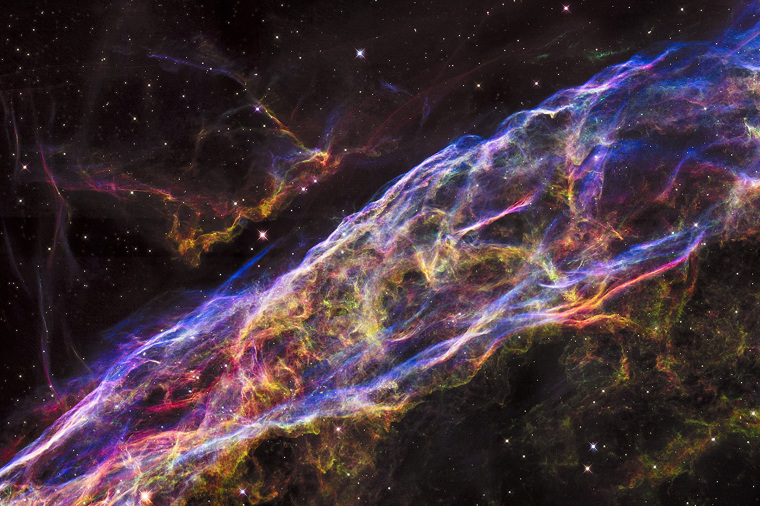
A small section of the expanding remains of the Veil Nebula, a massive star that exploded about 8,000 years ago, is seen in an image from NASA's Hubble Space Telescope released Sept. 24. The entire nebula is 110 light-years across and resides about 2,100 light-years away in the constellation Cygnus.
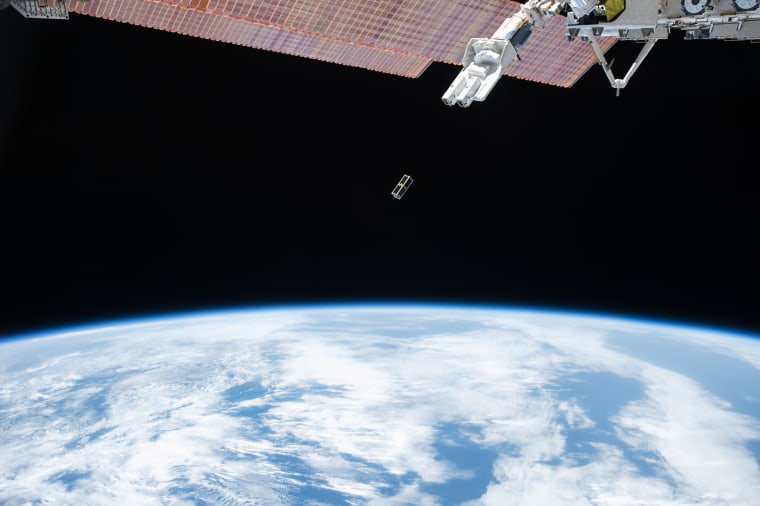
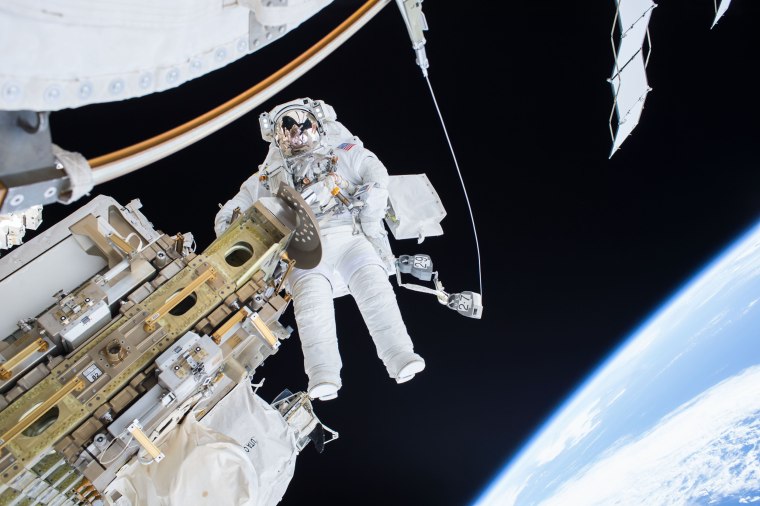

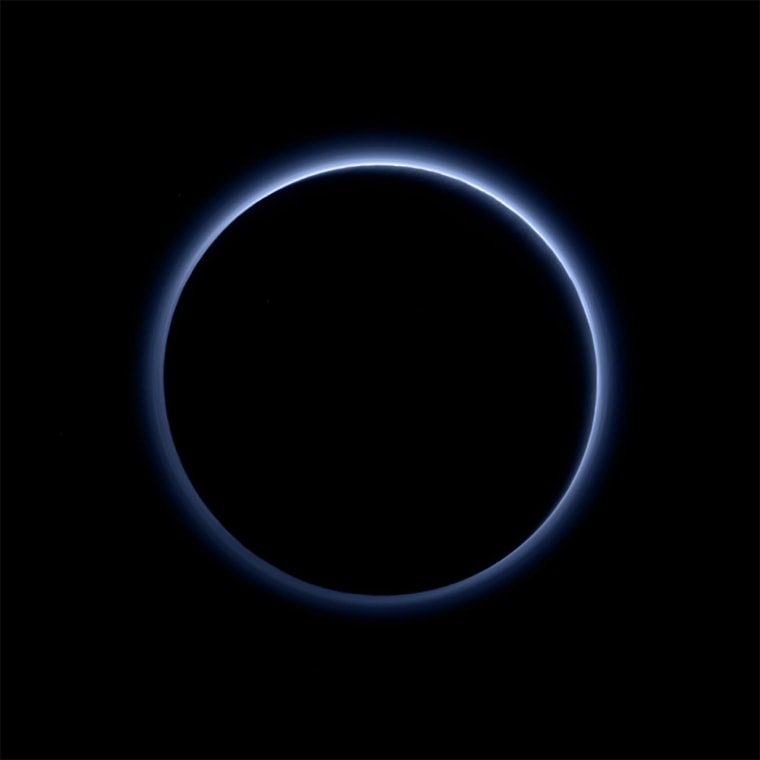

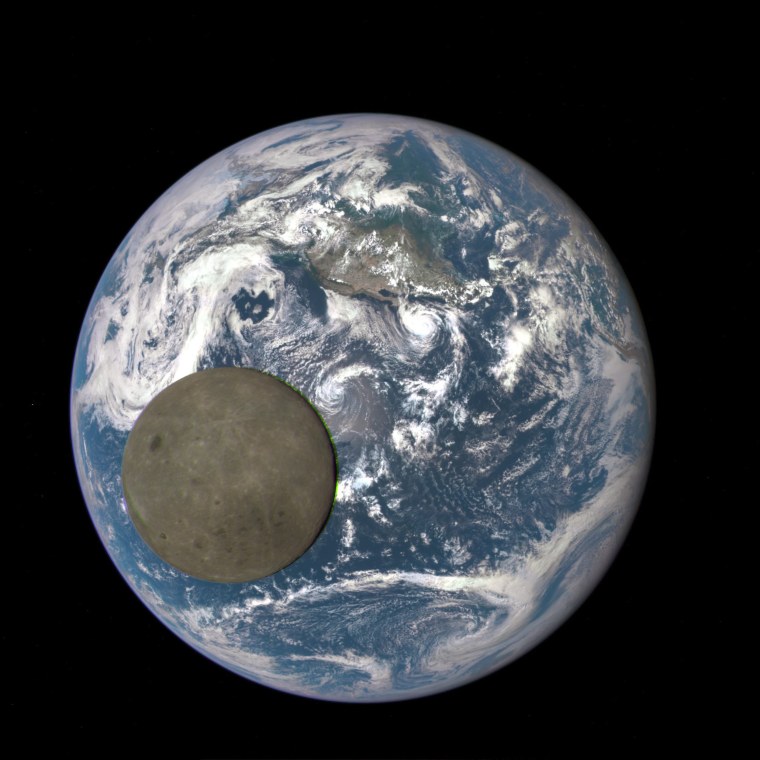
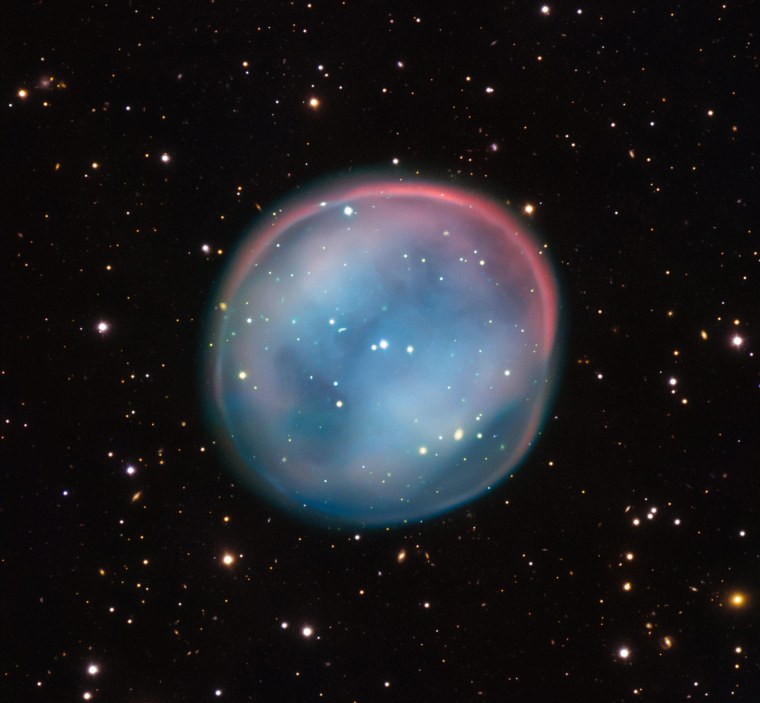
An extraordinary bubble glows like the ghost of a star in the haunting darkness of space in this image made available on Aug. 5 by the European Southern Observatory. The phenomena may appear supernatural and mysterious, but it is a familiar astronomical object: a planetary nebula, the remnants of a dying star. This is the best view of the little-known object ESO 378-1 yet obtained and was captured by ESO's Very Large Telescope in northern Chile. Nicknamed the Southern Owl Nebula, the orb is almost four light-years in diameter.
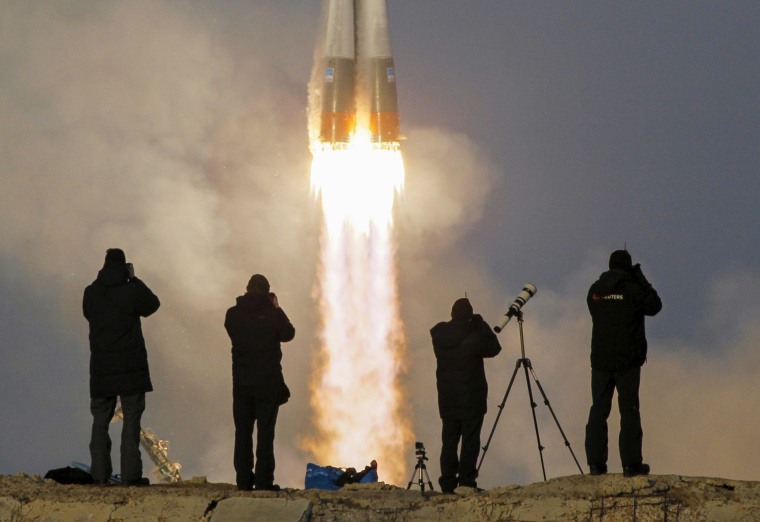
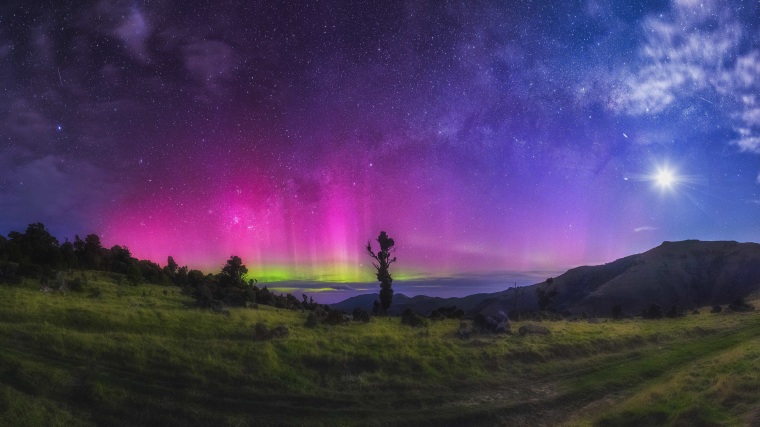
The Aurora Australis, the southern counterpart of the Aurora Borealis, lights up the sky over South Island, New Zealand, on Dec. 4.
Auroras are sparked by collisions between atoms and ions in Earth's atmosphere and electrically charged particles released by the sun. Variations in color are due to the types of particles that are colliding.
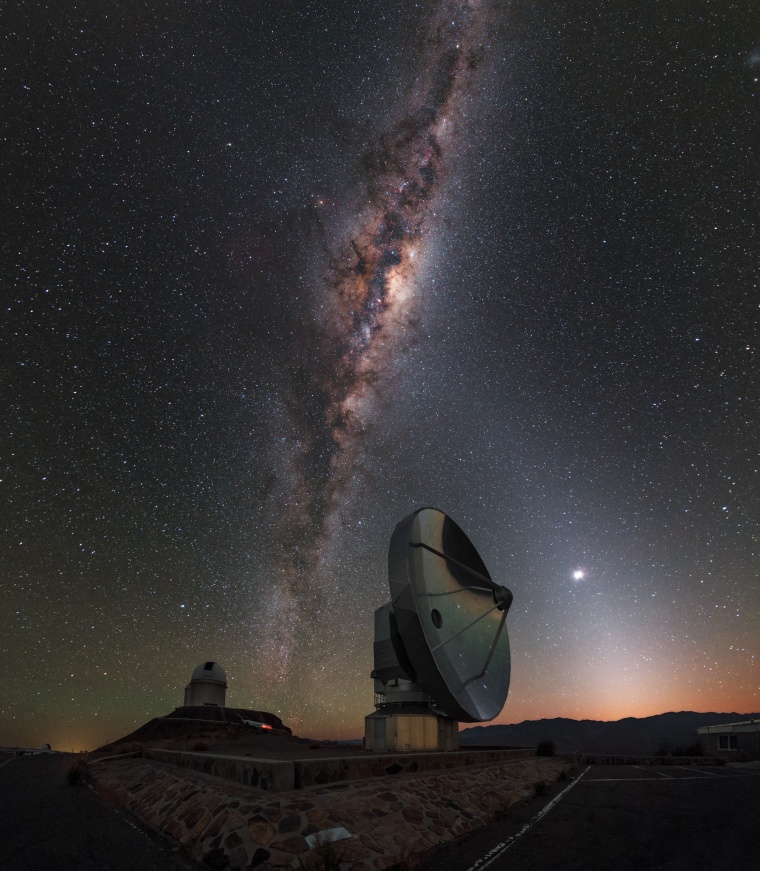
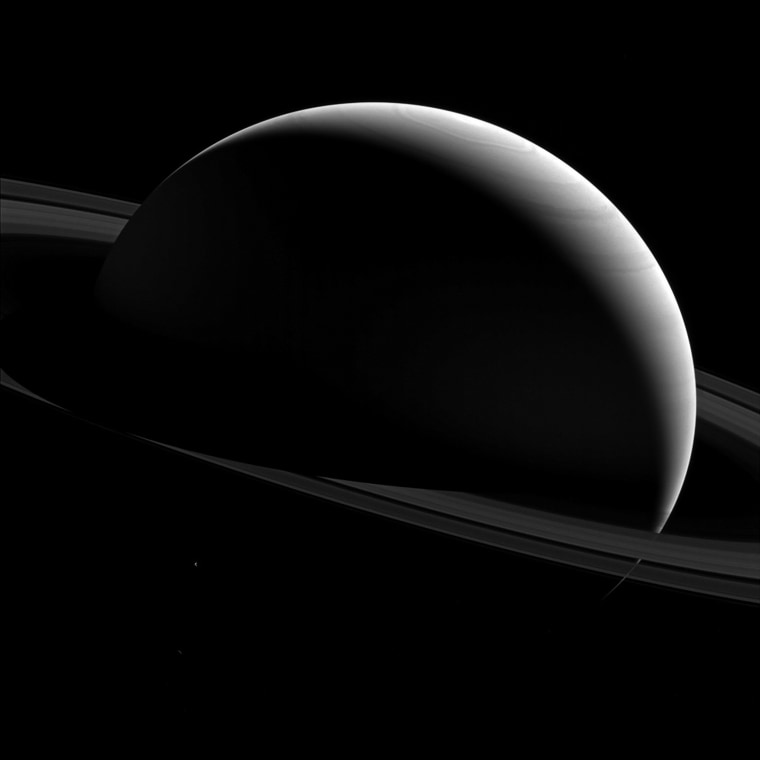
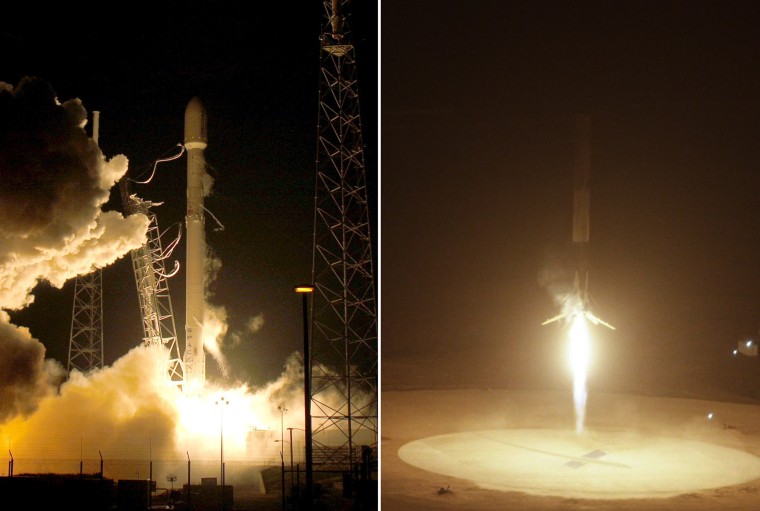
At left, a remodeled version of the SpaceX Falcon 9 rocket lifts off at the Cape Canaveral Air Force Station on Dec. 21. At right, the 15-story first stage of the rocket completes an historic vertical landing, right, at a prepared landing zone.
The launch and landing were the first from the private U.S. spaceflight company since its rocket exploded on liftoff in June. SpaceX had not previously attempted to land a rocket on land, and it marked the firm's first successful attempt to recover a rocket from an orbital flight.
Creating reusable rockets is important for lowering the cost of space travel, which could make space tourism and a trip to Mars more feasible.
Related Content:
Year in Space: 2015 Pushed Boundaries of Exploration, Habitation
Galleries:
Month in Space Pictures: November 2015
Year in Space: 2015 Pushed Boundaries of Exploration, Habitation